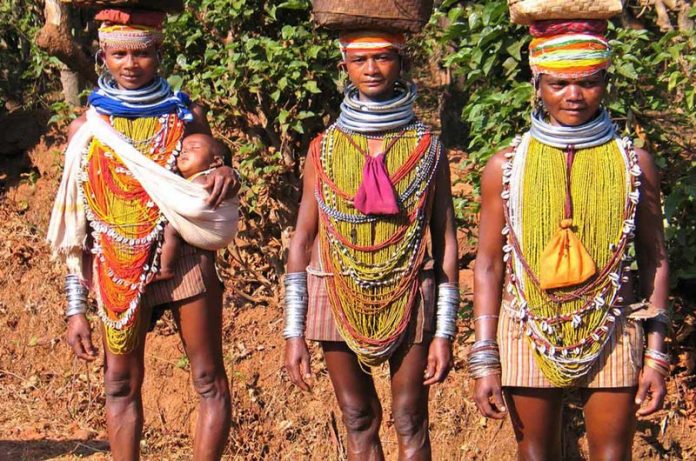Tribal communities in India, especially in regions like Bihar, Chhattisgarh, and Arunachal Pradesh, face persistent challenges related to land rights, cultural preservation, and socio-economic welfare. Over the years, despite various government initiatives, tribal communities continue to struggle for the protection of their traditional lands, access to resources, and preservation of their distinct cultures. This article focuses on the importance of recognizing and safeguarding the rights of these communities, ensuring their participation in developmental processes, and improving their welfare.
Key Issues and Challenges:
- Land Rights and Displacement: Tribal communities have historically been dependent on their ancestral lands for livelihoods, cultural practices, and survival. However, the increasing encroachment of industrial and commercial activities, such as mining, agriculture, and urbanization, has led to widespread displacement. The lack of secure land titles and the encroachment of tribal lands often leaves these communities vulnerable to exploitation and loss of livelihood.
- Forest Rights and Access to Resources: Many tribal communities rely on forests for sustenance, collecting forest produce, medicinal plants, and other essential resources. However, with increased restrictions on forest access due to environmental policies and deforestation, tribal communities are deprived of their natural resources. The Forest Rights Act of 2006 aims to recognize these rights, but implementation remains inconsistent.
- Cultural and Social Rights: Tribal communities often face pressure to assimilate into mainstream society, which threatens their cultural identity. From language loss to erosion of traditional customs, these communities are at risk of cultural extinction. It is crucial to protect tribal traditions, art forms, and languages to ensure cultural continuity.
- Lack of Education and Healthcare Access: Education and healthcare facilities in tribal areas are limited. This creates a significant gap in human development indicators compared to the rest of the population. The lack of access to quality healthcare and education often hinders the overall growth and empowerment of tribal communities.
- Economic Disparities: Despite the state’s numerous welfare programs, tribal communities often remain marginalized economically. Many tribal people still live below the poverty line due to limited employment opportunities, poor infrastructure, and lack of market access for their products.









